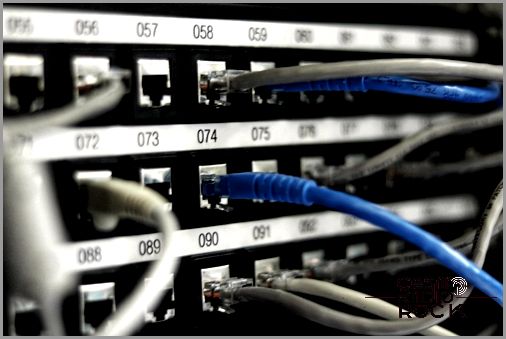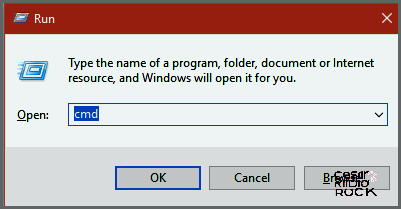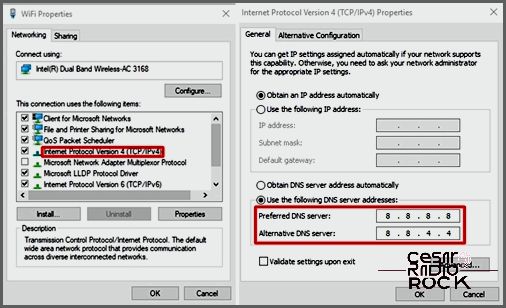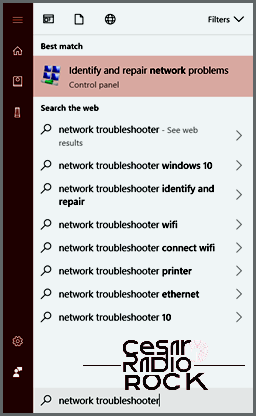DNS Server Not Working? Here’s What You Can Do
Hey there! So, it seems like you’re having trouble with your DNS (Domain Name System) server. Don’t worry, I’ve got you covered! DNS servers are like the phonebooks of the internet—they translate website names into IP addresses so we can access them easily. When your DNS server decides to go on a break, it can be pretty frustrating. But fear not, I’m here to help you get back online!
First things first, let’s try some basic troubleshooting steps. Sometimes a simple fix can solve the issue. Have you tried restarting your router? Yeah, it may sound cliché, but trust me, it often works like magic. Just turn it off, count to 10, and then turn it back on. Give it a moment to reconnect, and see if the problem clears up.
If rebooting your router didn’t do the trick, let’s dig a bit deeper. You could try changing your DNS server settings. By default, you’re probably using your internet service provider’s DNS server, but sometimes they can get a little wonky. Switching to a public DNS server like Google DNS or Cloudflare can often do the trick. Here’s how you can do it:
- Open up your network settings.
- Find your TCP/IP settings or Internet Protocol Version (IPv4).
- Change your DNS server to one of the following:
- Google DNS: 8.8.8.8 or 8.8.4.4
- Cloudflare DNS: 1.1.1.1 or 1.0.0.1
- Save your changes and restart your device.
Give it a shot and see if that gets your internet back to full speed. If not, we still have a few more tricks up our sleeves. Let’s clear your DNS cache. Your computer keeps a record of all the websites it has visited to make browsing faster. But sometimes, this cache can get corrupted or outdated, leading to issues. Clearing it out might help:
- Open up the command prompt if you’re on Windows or the terminal if you’re on macOS/Linux.
- Type in the following command and hit enter:
ipconfig /flushdns
Once you’ve done that, give your internet a little nudge and see if it’s back in action. If you’re still facing problems, it might be a good idea to reach out to your internet service provider. They’ll be able to assist you further and figure out if there’s a bigger technical issue going on.
So, there you have it! A few steps to try when your DNS server decides to take a break. Remember, technology can be a bit finicky sometimes, but with a little perseverance, we can usually get things back on track. Good luck, and may your internet connection be smooth sailing from here on out!

I hate the “DNS server unavailable” error. It’s so freaking annoying. Not only does it keep me from chilling with my friends and family online, but it also messes with my work and professional emails. This stupid error always shows up out of nowhere and just completely kills my internet. And it’s not just my browser that gets affected – it blocks me from using any app that needs an internet connection.
Figuring out the Cause
When dealing with errors and computer troubles like this, the first thing I need to do is find out why it’s happening. So, the first step is to try using a different browser than my usual one. If I usually use Google Chrome, I’ll switch over to Edge, because it’s always there on my Windows. I’ll try opening the pages that won’t load on my regular browser, as well as some other random pages.
If the problem keeps happening even when I’m using Edge, then I know my browser isn’t to blame. The issue might be with my hardware, so I’ll test it out on another device using the same internet connection. If it connects fine on the other device, then it’s not my router or my internet provider causing the problem.

Dealing with Hardware Problems
If you’re having trouble with your internet connection due to issues with your router, don’t worry – there’s a simple fix that usually does the trick. Just follow these steps:
1. Turn off your router using the power button.
2. Unplug the router and disconnect all ethernet cables.
3. Wait patiently for 5-10 minutes.
4. Turn the router back on and see if the problem is resolved.
Now, if you’re positive that the problem lies with your hardware but the router is working fine, then you might need to replace your PC’s network adapter. Before taking that step, though, I recommend trying some other potential solutions from the following list.
Troubleshooting the Network
I know it can feel frustrating and ineffective, but sometimes using the Network Troubleshooter can actually solve the problem. It may seem like a small and insignificant step, but it’s always best to start with the basics when dealing with software issues. You never know, it just might do the trick!
To access the Network Troubleshooter, go to your Start menu and type in “Identify and repair network problems”. Give it a shot to see if it can fix the DNS issue for you.
Reset DNS Cache
If you’re encountering the frustrating “DNS server unavailable” error, one of the best ways to resolve it is by flushing your DNS cache. Don’t worry, it’s not as complicated as it sounds! Just follow these simple steps:
First, let’s open up the Command Prompt. Press the “Win + R” key combination, and a nifty little window called the “Run” box will pop up. In the box, type “cmd.exe” and press Enter. Voilà! The Command Prompt is now ready for action.

In the window that pops up (Command Prompt), type “ipconfig/flushdns” and press Enter. Then, type “ipconfig/release” and hit Enter again. Finally, type in “ipconfig/renew” and press Enter. Afterward, restart your computer to see if the problem still exists.
Now, let’s talk about antiviral software. Antivirus programs are crucial in protecting us against potential threats. They do their job by warning us about certain programs and unsafe websites. However, they can make mistakes sometimes.
To check if the antivirus is causing the DNS error, you can simply disable it. If the error disappears after disabling, try adding an exception for the page you’re trying to visit in the antivirus menu. If the issue persists, you may want to consider switching to a different antivirus program.
Alternatively, you can use Google’s DNS servers as a temporary solution. They are free to use, although they may be slower at times. To access them, you’ll need to go to your Network Connections menu, which you can find in the Control Panel. From there, find the active/connected connection, right-click on it, and go to Properties. In the connection’s Properties menu, go to the Networking tab and select “Internet Protocol Version 4 (TCP/IPv4)” from the list. Click on Properties and choose the “Use the following DNS server addresses” option. Enter “8.8.8.8” as the preferred server and “8.8.4.4” as the alternative server.
Now you’re all set! Give these solutions a try and see if they help resolve your issue.

Did It Work?
Hopefully, one of these approaches helped you solve your problem. At least they should guide you in identifying the issue so you know where and how to find a solution. If you need a new router, make sure to get one that doesn’t overheat and place it in the coolest spot in your home. These devices tend to overheat easily, especially when multiple broadband or Ethernet cables are connected.
Have you ever encountered this problem? Did you try one of the solutions we suggested, or did you discover another way to fix it? Share your thoughts, ideas, and solutions in the comments below and help our community deal with this problem.

